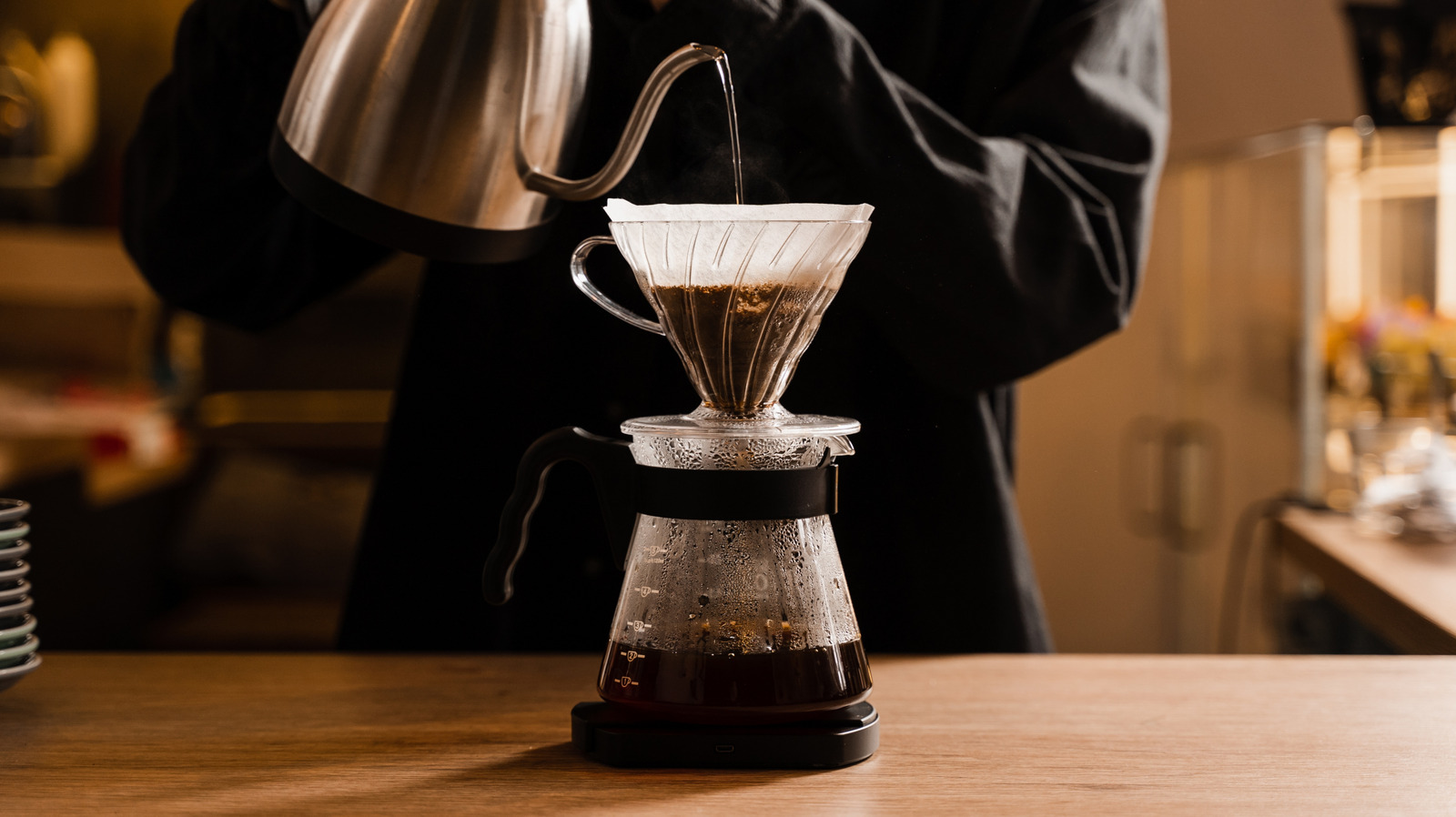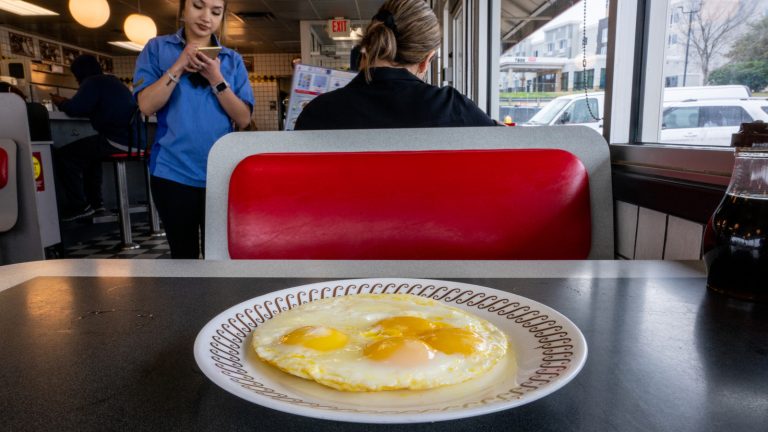We may receive a commission on purchases made from links.
Some days, that standard cup of Joe just doesn’t cut it. You’ve worked late at the office, woken early in the morning, and — quite honestly — you’d prefer to be wallowing in bed. Just because everyone has bad days doesn’t make yours any less rubbish. Yet for coffee enthusiasts, there might be a trick to help: Brewing stronger cups of pour-over using fewer beans. Stronger coffee at no added cost might sound impossible, but it’s actually simple. Just increase your pour height.
Objectively speaking, it’s incredibly easy to just hold a kettle higher when tipping water. However, deciphering exactly how high to hold the kettle for a successful pour-over coffee is a little more subjective. Maintaining control over boiling hot water (especially when dropping it from a height) requires both skill and care. For this reason, gooseneck kettles are preferred for pour-over coffee, as their thin, long spouts increase precision. Always preserve the thickness of water flow; avoid thin streams, which risk sabotaging coffee strength, no matter their pour height. Put all these measures in place? Fantastic. Aim to hold your kettle 8 to 10 inches above the filter chamber.
Who knew physics could have such a profound impact on your daily coffee routine? Invest in the right equipment, like this Chefman gooseneck kettle, and start experimenting with pouring techniques.
What’s the science behind the magic?
Does this pour-over hack still sound like magic? Understanding the science behind strategies increases the likelihood of successfully recreating them, so let’s rewind a little. The scientific mechanisms of pour-over coffee are simple. Rather than full immersion (where chemicals diffuse from granules suspended in trapped water), it utilizes osmotic pressure. Every seasoned pour-over enthusiast understands the importance of blooming — adding an initial splash of hot water to displace the CO2. After this, the main stream of water sets the cup in motion, pulling precious coffee flavors down through the filtering layer.
So, where does increasing pour height come in? Essentially, it tracks back to what a strong cup of coffee actually means. Cup strength is determined by the natural caffeine level and the concentration of dissolved coffee compounds — aka how well beans mix with water. When pouring from height, the increased force recirculates the granules, ensuring all of the coffee receives sufficient exposure to water. It’s all about disturbing those granules as much as possible.
Not all cups are brewed equally, and different beans have different starting strengths. However, churning up those granules with a larger pour height is a great way to increase diffusion for a cup with a kick. With that knowledge under your belt, all that’s left to do is watch out for the telltale signs of a perfect pour-over coffee. Achieving a super-strength cup without using extra beans justifies feeling smug.






